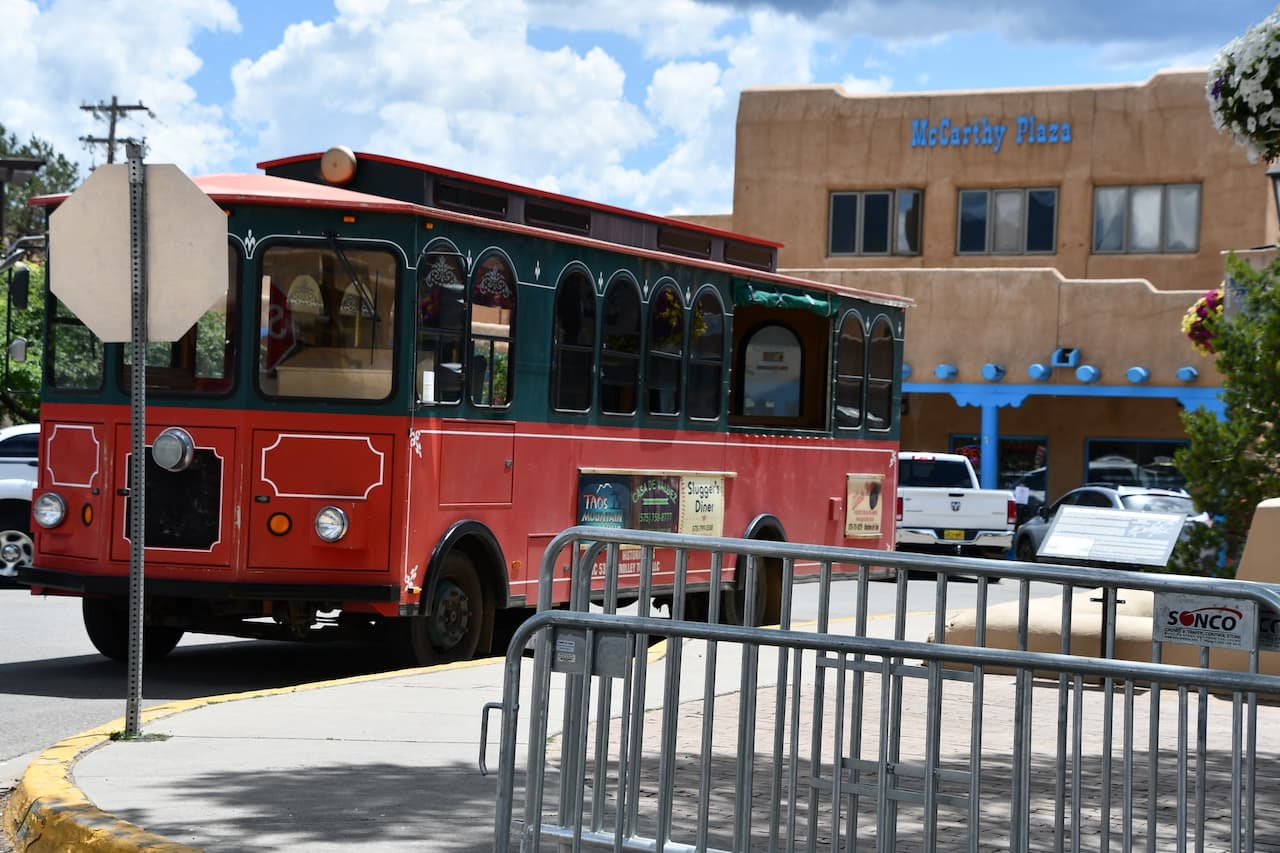Buses and bus routes have played a vital role in the transportation landscape of the United States for over a century. From the early days of horse-drawn omnibuses to the modern, high-tech bus systems of today, the history of bus transportation in the U.S. is a fascinating and complex one. In this blog post, we’ll explore the key events and milestones that have shaped the development of bus transportation in the U.S. and consider the challenges and opportunities facing the industry today and in the future.
The Early History of Buses in the U.S.
The first bus routes in the U.S. can be traced back to the early 19th century when horse-drawn omnibuses were introduced in major cities such as New York and Philadelphia. These early buses were often cramped and uncomfortable and could only travel at a slow pace due to the limitations of horsepower. Despite these drawbacks, buses quickly gained popularity as a cheap and convenient way for people without access to horses or carriages to travel around the city.
As the population of the U.S. grew and urbanized in the late 19th and early 20th centuries, the demand for bus transportation increased. In the early 20th century, motorized buses began to appear on American roads, replacing the horse-drawn omnibuses of the past. These new buses were faster and more reliable and helped to expand the reach of bus routes to more rural areas.
The Rise of the Modern Bus Industry.
In the mid-20th century, the bus industry in the U.S. underwent a major transformation. Large bus companies, such as Greyhound and Trailways, emerged and began to operate long-distance routes across the country. These companies introduced several technological innovations, such as air conditioning and the use of diesel engines, which made bus travel more comfortable and efficient.
In addition to the expansion of long-distance routes, the mid-20th century also saw the development of urban and suburban bus systems in many cities across the U.S. These systems were designed to provide affordable and convenient transportation for people who lived and worked in the city and helped to reduce traffic congestion and air pollution.
The Challenges Facing the Bus Industry Today.
Despite the many benefits of bus transportation, the industry has faced a number of challenges in recent years. One major challenge is competition from other forms of transportation, such as airlines and trains, which can offer faster and more convenient travel options for long-distance trips. In addition, economic and regulatory factors, such as the high cost of fuel and the challenges of obtaining permits for new routes, can make it difficult for bus companies to maintain profitability.
Future of Bus Transportation in the U.S.
Despite these challenges, the future of bus transportation in the U.S. is bright. In recent years, there has been a growing trend toward the adoption of electric buses, which offer a cleaner and more efficient alternative to traditional gasoline-powered buses. In addition, many cities are exploring the integration of bus transportation with other forms of public transportation, such as light rail and bike-sharing programs, to create more comprehensive and convenient transportation networks.
Writing essay about the history of buses and bus routes in the U.S.
Writing essays about the history of buses and bus routes in the U.S. can be a fascinating and enlightening experience for students. Through research and analysis, students can gain a deeper understanding of the key events and milestones that have shaped the development of bus transportation in the U.S. over the past century.
Students can explore the early history of buses in the U.S., tracing the development of horse-drawn omnibuses in the 19th century to the motorized buses of the early 20th century. They can also consider the factors that led to the rise of the modern bus industry in the mid-20th century, such as the expansion of long-distance routes and the development of urban and suburban bus systems.
In addition to the technological and economic factors that have impacted the bus industry, students can also examine the cultural and social significance of buses and bus routes in the U.S. For example, they might consider how buses have played a role in connecting and serving marginalized communities, or how they have been depicted in popular culture and media.
Overall, writing essays about the history of buses and bus routes in the U.S. can provide students with a rich and diverse learning experience, helping them to better understand the complex and dynamic nature of transportation and its role in shaping our society.
https://buyextendedessay.com can provide expert assistance with researching and writing an essay about the history of buses and bus routes in the U.S. Our team of experienced writers can help you to explore the key events and milestones that have shaped the development of bus transportation in the U.S., and provide insights and analysis on the technological, economic, cultural, and social factors that have influenced the industry. Whether you need help with the research, writing, or editing process, our team is here to help you succeed.
Conclusion:
The history of buses and bus routes in the U.S. is a rich and complex one, encompassing a wide range of technological, economic, and societal changes. Despite the challenges facing the industry today, buses continue to play a vital role in the transportation landscape of the U.S. and will likely continue to do so well into the future. From the early horse-drawn omnibuses to the electric buses of today, the story of bus transportation in the U.S.
